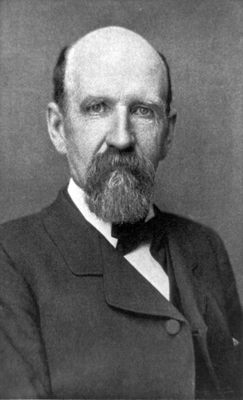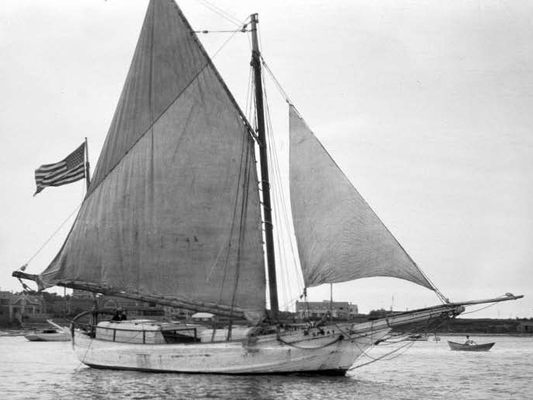About
In 1891, Joshua Slocum, a Nova Scotia–born sailor living in Fairhaven, Massachusetts, began rebuilding Spray, an old oyster boat that had been gifted to him. He launched the newly refurbished boat on June 21, 1892. It was just the beginning.
"I had resolved on a voyage around the world, and as the wind on the morning of April 24, 1895 was fair, at noon I weighed anchor, set sail, and filled away from Boston, where the Spray had been moored snugly all winter," he wrote in his book Sailing Alone Around the World. Slocum had originally planned to make his journey eastward, but as he neared Gibraltar, he realized how treacherous the piracy of the Mediterranean would be for a lone sailor. Having already crossed the Atlantic, he doubled back and sailed southwest to Brazil. Swinging around the tip of South America, he made his way to Australia, crossed the Indian Ocean, and reached Madagascar and Durban, South Africa, before crossing his own path and returning to Brazil. He then sailed north through the Caribbean, before landing in Newport, Rhode Island, on June 27, 1898. Spray returned to its birthplace of Fairhaven just in time for Independence Day in 1898. Unfortunately, the return of Slocum and Spray was largely ignored, as headlines were taken up by the Spanish-American War, which had begun in Slocum's absence.
In 1959, a monument was dedicated to Slocum in Cooke Memorial Park in Fairhaven, to commemorate the rebuilding of Spray, which happened nearby.
Slocum's voyage officially left the North American Continent from Boston Harbor; and officially ended when he first made returning landfall in Newport, RI. However, even Slocum, himself, states in his book Sailing Alone Around the World, that his journey actually began and ended from the previously mentioned wooden piling just off the shore of the current grassy field in Fairhaven, in the upper New Bedford harbor.
Also in Cooke Memorial Park is, fittingly, a memorial to John Cooke, the last surviving male Mayflower pilgrim, as well as a bench and peace pole dedicated to Shigeaki Hinohara, a doctor who worked in Tokyo in World War II and during the Tokyo sarin gas attack in 1995.
Related Tags
Published
June 18, 2020






























